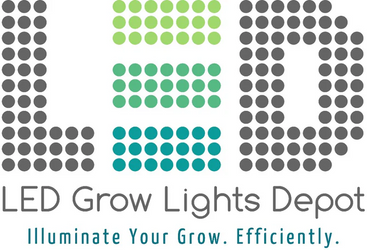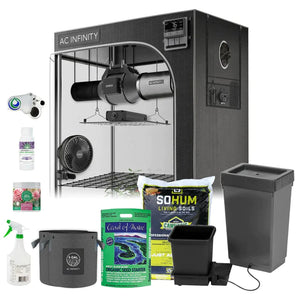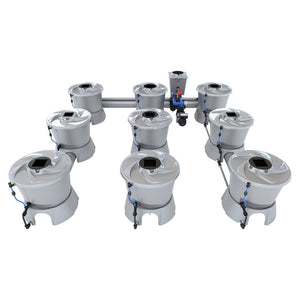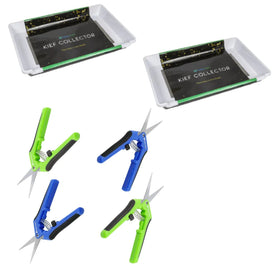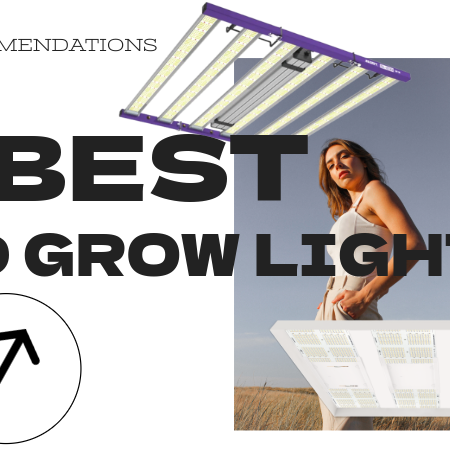
Best LED Grow Lights for 2025: Top Picks for 4x4 & 5x5 Grow Setups
As LED grow light technology continues to advance, 2025 brings more efficient, spectrum-refined, and affordable options for indoor cultivators. Whether you're setting up a home grow or managing a large-scale operation, choosing the best LED grow lights can significantly impact your plant health and yields. In this guide, we’ll highlight the top LED grow lights for 2025, covering budget-friendly options, high-performance fixtures, spectrum control, and under-canopy lighting.
